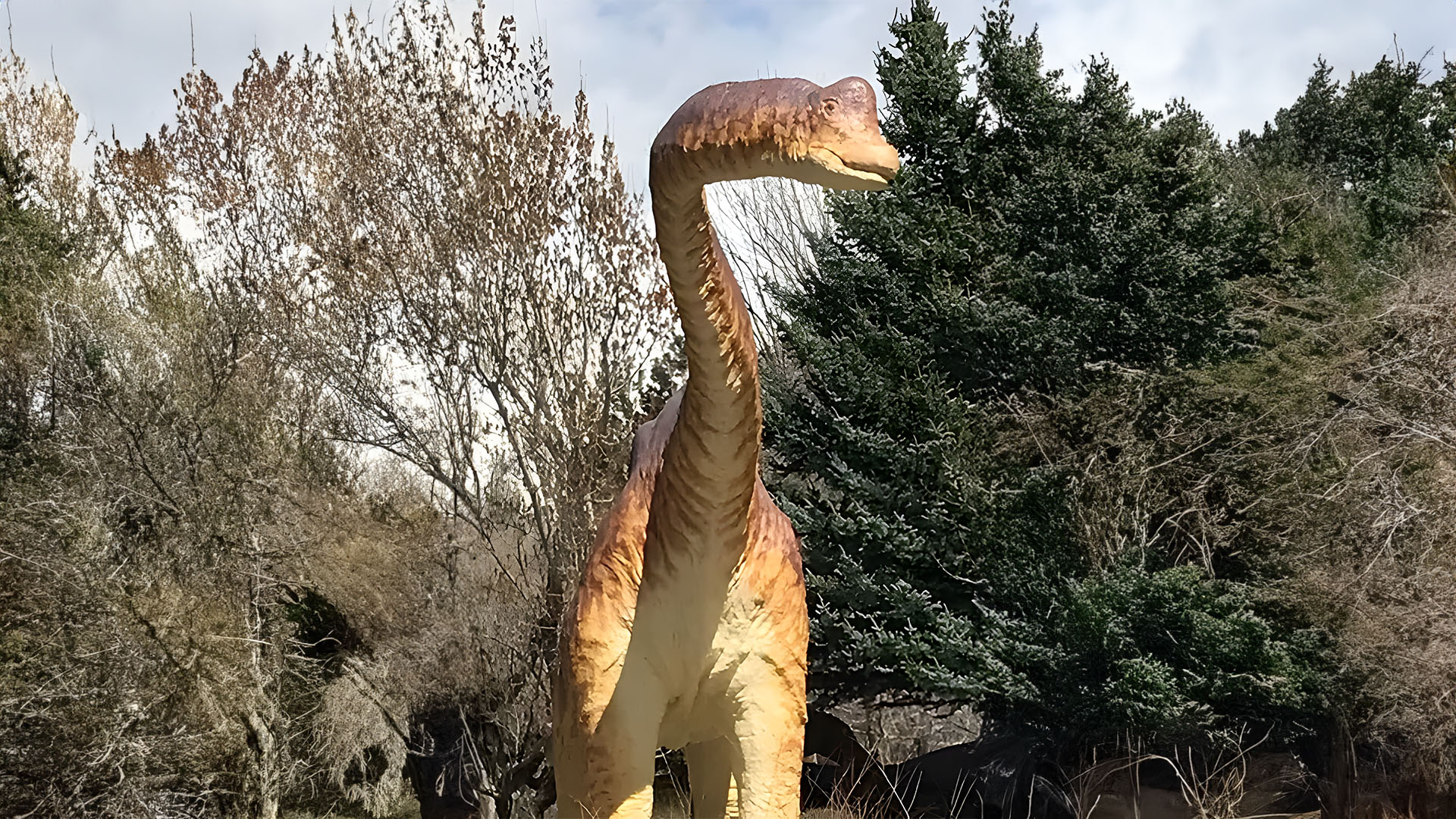
Easy. Breezy. Beautiful. Brachiosaurus.
Riggs, E. S. (1903). ART. XXX.–Brachiosaurus altithorax, the largest known Dinosaur. American
Journal of Science (1880-1910), 15(88), 299.
Jensen, James A. (1987). “New brachiosaur material from the Late Jurassic of Utah and Colorado,”
Great Basin Naturalist: Vol. 47 : No. 4 , Article 19.
1, Garden Park, Colorado. Modern Geology, 23, 69-84.
Mallison, H. (2011). “Rearing giants: kinetic-dynamic modeling of sauropod bipedal and tripodal
poses,” Biology of the sauropod dinosaurs: Understanding the life of giants, 237-250.
Subscribe to our newsletter of follow us on the social channels to stay tuned.
© 2023 Dinosaur Park • All Rights Reserved.